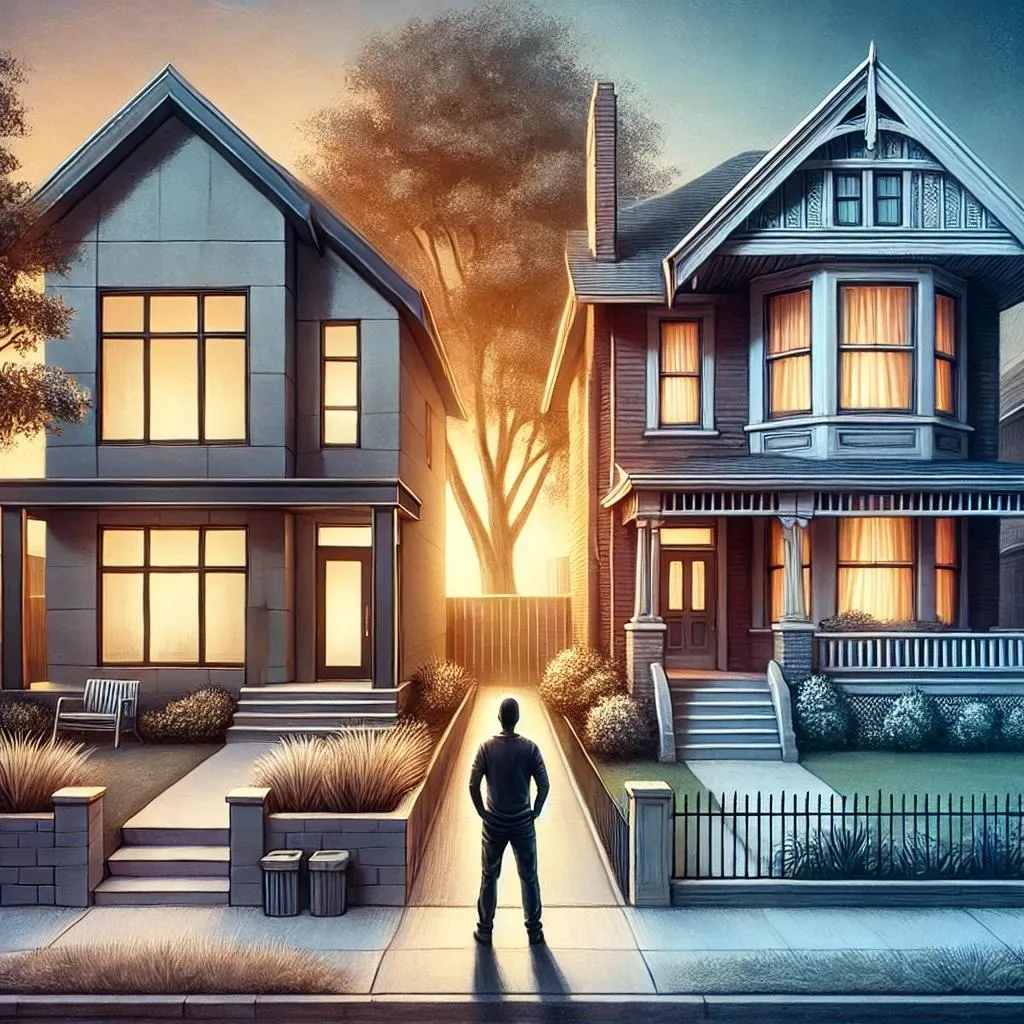
Choosing Between New Builds and Established Homes: Pros and Cons
Choosing Between New Builds and Established Homes: Pros and Cons
When it comes to buying a home, one of the first decisions you’ll face is whether to opt for a new build or an established property. Each choice comes with its own set of advantages and disadvantages. Here’s a detailed look at the pros and cons of both options to help you make an informed decision.
New Builds
Pros:
1. Modern Design and Customization: New builds offer the latest architectural designs and modern floor plans. Many builders allow buyers to participate in the design process, selecting finishes, fixtures, and sometimes even altering layouts to suit their specific needs.
2. Energy Efficiency: Newer homes are often more energy efficient due to better insulation, advanced windows, and modern appliances. This can lead to significant savings on utility bills and a smaller carbon footprint.
3. Fewer Initial Repairs: With everything brand new, you’re less likely to deal with major repairs or maintenance issues in the first few years. New builds come with the peace of mind that comes from new appliances and systems.
4. Builder Warranties: Most new homes come with a range of warranties. Some might cover the structure and major components for up to 10 years, offering additional security and peace of mind.
Cons:
1. Higher Initial Cost: New builds can be more expensive upfront. The costs of new materials and custom features often translate to a higher price tag compared to similar sized established homes in the same area.
2. Landscaping and Community Development: New developments may lack mature landscaping and community features like parks and established neighbors. It might take several years for a new community to develop its character and amenities.
3. Location Constraints: New housing developments are often on the outskirts of towns and cities as that’s where land is available. This might mean a longer commute to work or access to fewer amenities than you would get in more established areas.
Established Homes
Pros:
1. Character and Charm: Older homes can offer unique architectural features like crown moldings, original hardwood floors, and history that many new builds lack.
2. Established Neighborhoods: These homes are often in mature neighborhoods with well-developed trees, parks, and community centers. These areas may also have a stronger sense of community.
3. Lower Cost: In many cases, established homes are less expensive per square foot compared to new builds. They can be a more affordable option for first-time homebuyers.
4. Potential for Value Increase: With renovations and improvements, you can significantly increase the value of an older home, potentially yielding a better return on investment.
Cons:
1. Maintenance and Repair: Older homes can require more maintenance and may soon need significant repairs like roof replacements or plumbing updates. These costs can add up and should be considered in the budget.
2. Outdated Systems and Energy Inefficiency: Established homes may have older windows, insulation, and appliances, which are less energy-efficient and more costly in the long run.
3. Less Flexible Design: Changing layouts or updating interiors in older homes can be more costly and challenging due to structural and design limitations.
Conclusion
Your choice between a new build and an established home will depend on what factors you prioritize, such as modern amenities, the charm of an older house, or the potential for customization. Consider your lifestyle needs, budget, and long-term goals when making this decision to ensure that your new home meets all your expectations.
Remember, whether you choose the shiny new build or the charming old character home, thorough inspections and proper guidance from real estate professionals are key to a successful purchase. Happy house hunting!
